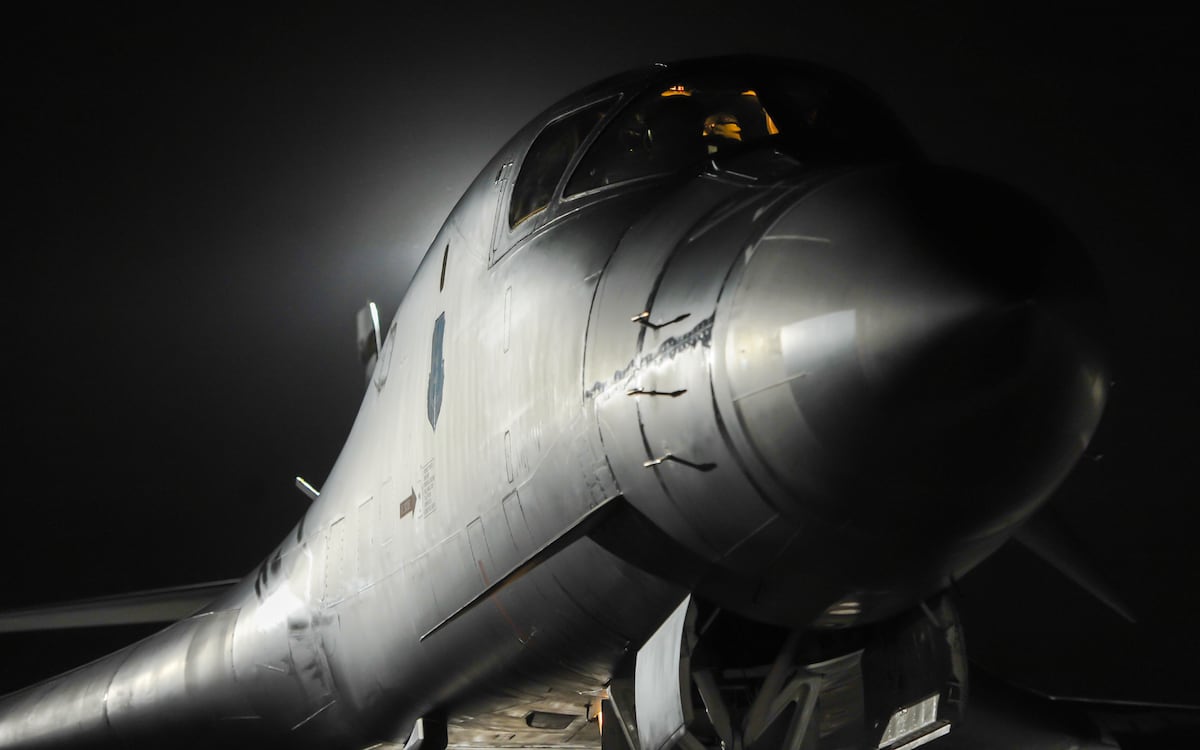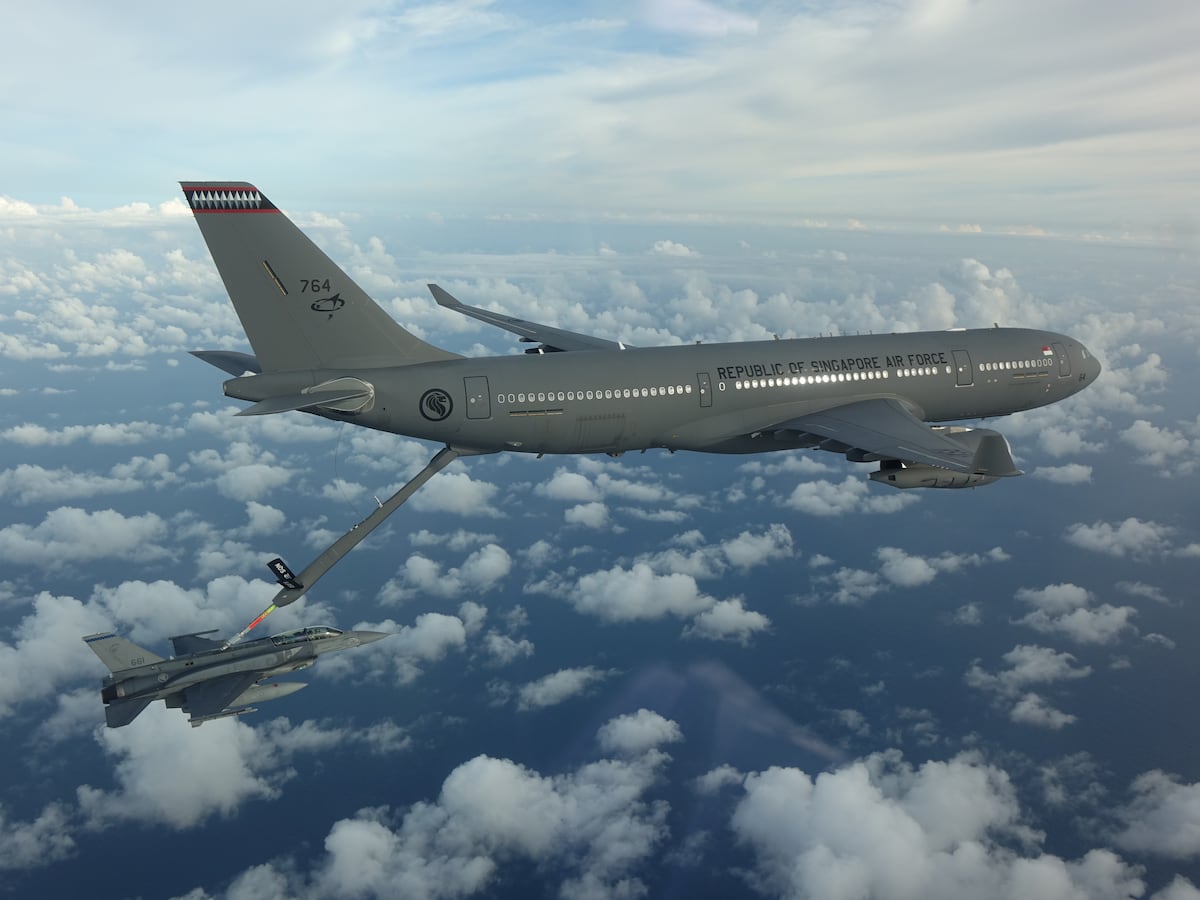Hundreds of airmen and more than a dozen bombers are temporarily relocating Air Force bases beginning this month, the service announced Dec. 2.
Eight hundred service members and 17 B-1B Lancers will move from Ellsworth Air Force Base, South Dakota, to Grand Forks Air Force Base, North Dakota, for the next 10 months as Ellsworth undergoes runway construction to prepare for the arrival of the new B-21 Raider.
“This project illustrates the U.S. Air Force’s commitment to our nation’s newest long-range strike bomber and to the surrounding community,” said Col. Derek Oakley, 28th BW commander, in a release.
Ellsworth will be the first home of the bomber, which is projected to arrive in the mid-2020s.
The first of the 17 B-1Bs scheduled to temporarily relocate to Grand Forks touched down Thursday, according to the Air Force. The rest of the planes are set to arrive in North Dakota early next year. Maintenance crews at Grand Forks will inspect and repair the B-1B fleet to ensure it’s safe for flight. Larger maintenance work will take place at the 7th Bomb Wing at Dyess Air Force Base, Texas.
RELATED
The Grand Forks Air Force base houses the 319th Reconnaissance Wing, which operate the RQ-4B Global Hawk, an unmanned surveillance aircraft.
“There’s no doubt integrating the B-1 community into our Grand Forks Unmanned Aerial System ecosystem will pay dividends for everyone involved,” said Col. Tim Monroe, 319th Reconnaissance Wing commander, in a release. “This temporary relocation is the vanguard of Air Force integration, readiness, and agile combat employment, and epitomizes the mantra of One Team, One Fight.”
The move to Grand Forks marks the second time B-1Bs from Ellsworth have temporarily relocated in a year. B-1Bs from the South Dakota base temporarily relocated in January to Dyess Air Force Base, Texas, after a nonfatal Lancer crash on the Ellsworth runway. Roughly 250 personnel from the base made the pilgrimage to the Lone Star State for several weeks.
Riley Ceder is a reporter at Military Times, where he covers breaking news, criminal justice, investigations, and cyber. He previously worked as an investigative practicum student at The Washington Post, where he contributed to the Abused by the Badge investigation.
Read the full article here







